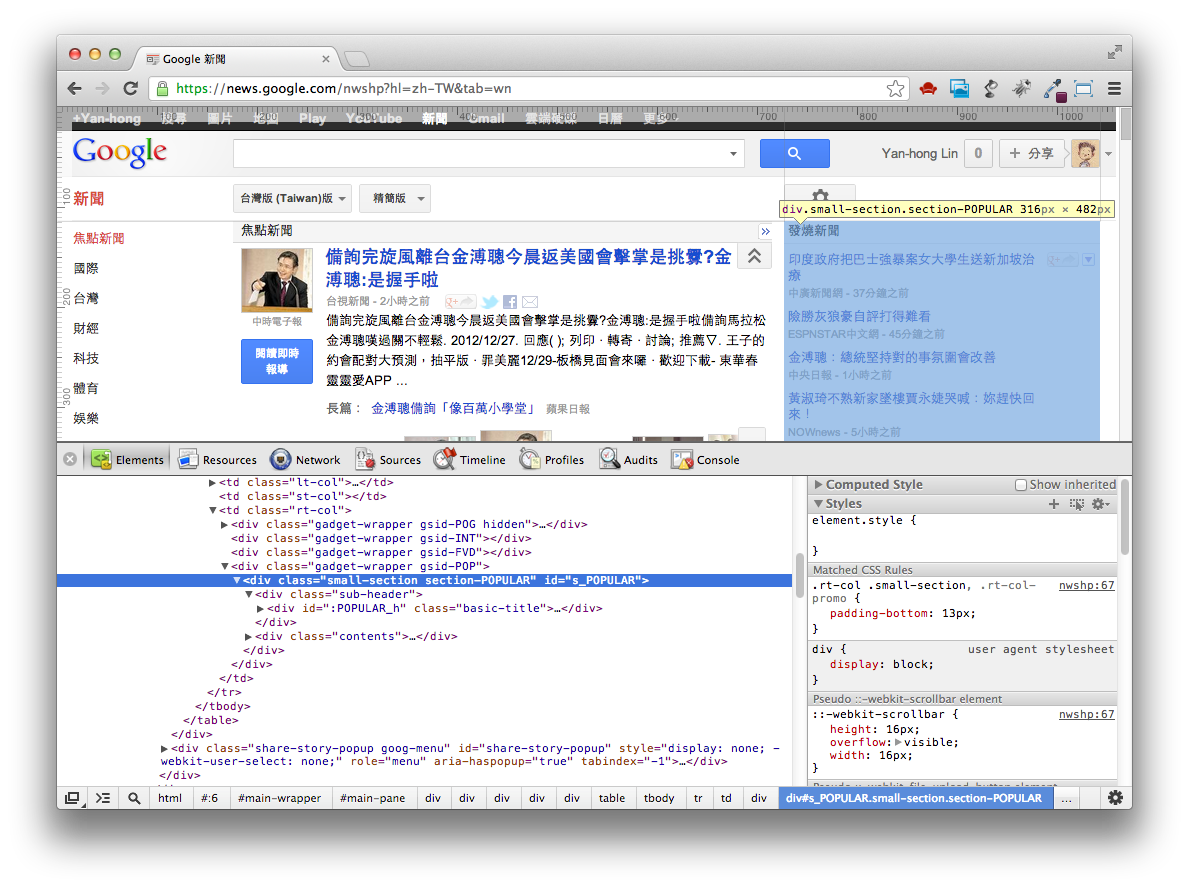
From there, the text() method gives us the text that appeared in that specific td. We can pull out the table data ( )within each row using the getElementsByTag() method, and pull out the first (the one containing the blog title) by using the first() method.
#JSOUP CLEAN TEXT FULL#
Jsoup allows you to search by more than just CSS class, and they document a full list of selectors you can use other than ‘. Firebug is a nice Firefox extension that allows you to do the same thing, as is Developer Tools in IE. means ‘with CSS class named’, wikitable actually identifies the CSS class we’re looking for, and ‘ tr‘ means ‘and then get all the table rows that follow.’ So all together that’s, “select a table with CSS class named wikitable and then get all the table rows ( trs) that follow.” I was able to determine that the table had a wikitable class on it by examining the HTML using Chrome’s Inspect Element feature. The default UTF-8 character encoder can encode ’. Another option would involve writing a custom character encoder.

The custom Nodevisitor would generate back an HTML escape code instead of a unicode character. It would leads to (re)inventing some existing code inside Jsoup. We’ll select the second table by referencing its CSS class, like so:Įlements trs = doc.select("table.wikitable tr") Using JsoupAPI would require you to write a custom NodeVisitor. The first table contains this language, “This article needs additional…” The second table is the one we’d like to iterate over.
Note that this is a fairly simplistic formatter - for real world use youll want to embrace and extend.
document document object represents the HTML DOM. Syntax Document document Jsoup.parse(html) Element link lect('a').first() ('Text: ' + link.text()) Where. text() methods, which is to get clean data from a scrape. Following example will showcase use of methods to get text after parsing an HTML String into a Document object. That is divergent from the general goal of jsoups.

There are 2 tables on this page, however. This example program demonstrates the use of jsoup to convert HTML input to lightly-formatted plain-text. To do this, we set up a connection to the site: To get started, either download the jsoup libraries and place them on the classpath for your project, or use the maven dependencies.įor our tutorial, let’s parse a table at.

#JSOUP CLEAN TEXT HOW TO#
This blog post will show readers how to parse an HTML table using jsoup, an open source Java library.


 0 kommentar(er)
0 kommentar(er)
